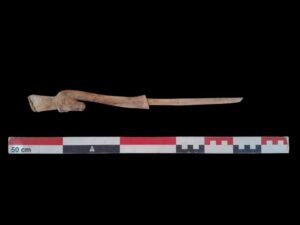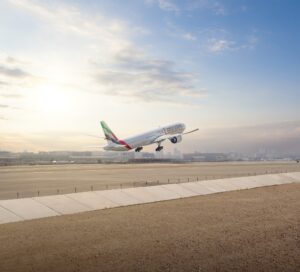As the temperatures soar in the UAE, the National Centre of Meteorology (NCM) predicts more rainfall later this evening (June 17). On Sunday, the southeastern part of Abu Dhabi also experienced light rainfall.
The NCM’s weather bulletin stated, “Low clouds will appear on the Eastern coast areas, with a probability of some convective clouds forming by afternoon, which will be associated with rainfall over some Eastern and Southern areas of the country on Monday.”
The first day of Eid Al Adha recorded its highest temperatures of the year, hitting 49.4°C in Sweihan, Abu Dhabi at 2:45pm. As per weather experts, the UAE is also likely to see increased rainfall and occasional hailstorm as the summer weather progresses.
Astronomical summer
With the country inching close to the third week of June, the UAE will transition into what is known as the ‘astronomical summer’ by the end of this week.
While the signs of summer are already evident in the UAE, the official start of the season is marked by the summer solstice. This is the moment when one of Earth’s poles is tilted closest to the Sun, a significant event in our annual calendar.
This marks the longest day in the UAE.
“On June 21, the country will experience the longest day of the year. Therefore, the air temperatures increase over most areas of the country. As summer begins, the mean temperatures increase approximately 2-3°C to the month of May,” Dr Ahmed Habib, a climate expert from the National Centre of Meteorology (NCM), earlier told Khaleej Times.
Shorter day after June 21
Following the summer solstice, daylight decreases gradually, initially reducing by just a few seconds to around a minute each day, according to the Old Farmer’s Almanac.
This reduction becomes more visible by July and August, typically dropping by a few minutes per day. As we enter the autumnal equinox in late September, the daylight diminishes at an accelerated pace until day and night are once again in balance.
Summer solstice?
June 21 is typically the summer solstice, but the date can vary slightly depending on the year and time zone.
This variation, a testament to the unpredictability of our universe, occurs because the Earth’s orbit around the sun is not perfectly aligned with our calendar year. Therefore, the summer solstice can fall on June 20, June 21, or June 22, leaving us in awe of the intricacies of our solar system.
Intense summer in mid-July
In the UAE, the most intense summer phase usually begins mid-July and continues through the end of August. During this time, temperatures soar, humidity can reach up to 90 per cent, and dust storms from the desert may occur.
These storms can bring strong winds and sweeping hot sand clouds across the city.
Meanwhile, Habib pointed out that the UAE’s summer months officially span from June to September, with the summer season astronomically ending on September 22.
The much-anticipated Suhail star, a celestial beauty, appears in the third week of August, indicating the end of the peak summer heat. Its appearance is a signal of the country’s transition into autumn, a season that brings relief from the intense summer.

















+ There are no comments
Add yours